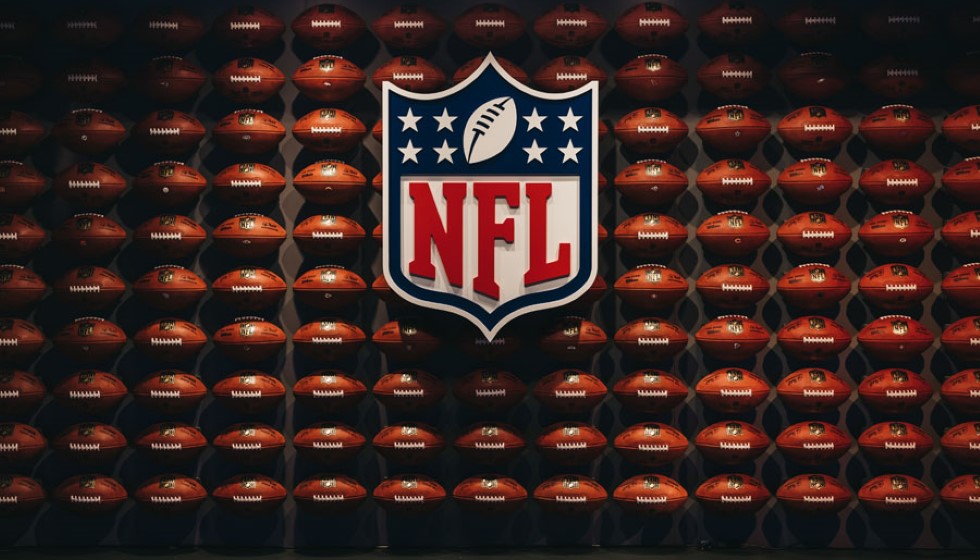
NFL's Apparel Deal: The Race Begins
The intrigue surrounding the NFL's apparel contracts adds an engaging layer to the complex tapestry of professional sports. As the league's lucrative deal with sportswear giant Nike is set to expire in 2027, the bidding process for the next contract is already underway, described as “open and active.” This development sets the stage for what promises to be a significant reshuffling in the sports apparel landscape.
Nike's Reign and Transformations
Since assuming the mantle from Reebok in 2012, Nike has been pivotal in defining the visual identity of America's most-watched sport. The changeover from Reebok marked a shift not only in design philosophy but also in technological integration, with Nike's innovation playing a crucial role in the modernization of NFL uniforms. The Nike era saw the introduction and evolution of various uniform styles that strive to blend performance, aesthetics, and technology seamlessly.
The current contract with Nike also features the unique capability to introduce up to three distinct helmet styles, showcasing a commitment to safety, style, and innovation. This flexibility has energized teams like the Denver Broncos and Houston Texans to embark on ambitious uniform redesigns, captivating fans and shaking up team identities.
Financial Impact and Branding Strategy
At the heart of the NFL's apparel negotiations lies the interplay between monumental financial implications and intricate branding strategies. The stakes are high, with these deals not only boosting the league's financial portfolio but also elevating its prestige in global sports culture. The NFL's next apparel partnership will be crucial in steering its business trajectory, with potential impacts reverberating through sports culture, business strategies, and fan engagement worldwide.
Before Nike's league-wide agreement, individual NFL teams negotiated their own contracts with various brands like Adidas, Logo, Puma, Reebok, and Starter. This previous decentralized approach allowed for a diversity of styles and partnerships but lacked the cohesive branding that many modern sports entities find valuable.
The Path Ahead
With the expiration of Nike's deal approaching, the NFL's forthcoming decision on its next apparel manufacturer is bound to be a formidable one. The outcome will be telling of the league's priorities—be they continuity, innovation, or a new strategic direction altogether. Whoever wins the bid will not only take over a significant commercial mantle but also wield influence over fan culture and the sport's aesthetic evolution.
The anticipation heightens, as stakeholders and fans alike speculate on whether Nike will retain its position, or if a new contender will step in to redefine the league's visual and brand identity. In a realm where the uniform is as iconic as any symbol within the sport, the next few years promise intrigue and transformation in equal measure.
As we await the NFL's decision, the current bidding process serves as a reminder of the ever-evolving elements that define professional sports—elements where innovation, tradition, and commercial interests intertwine seamlessly on and off the field.